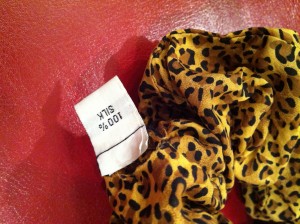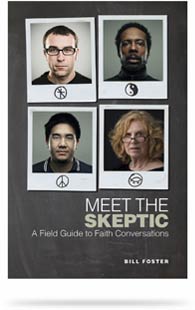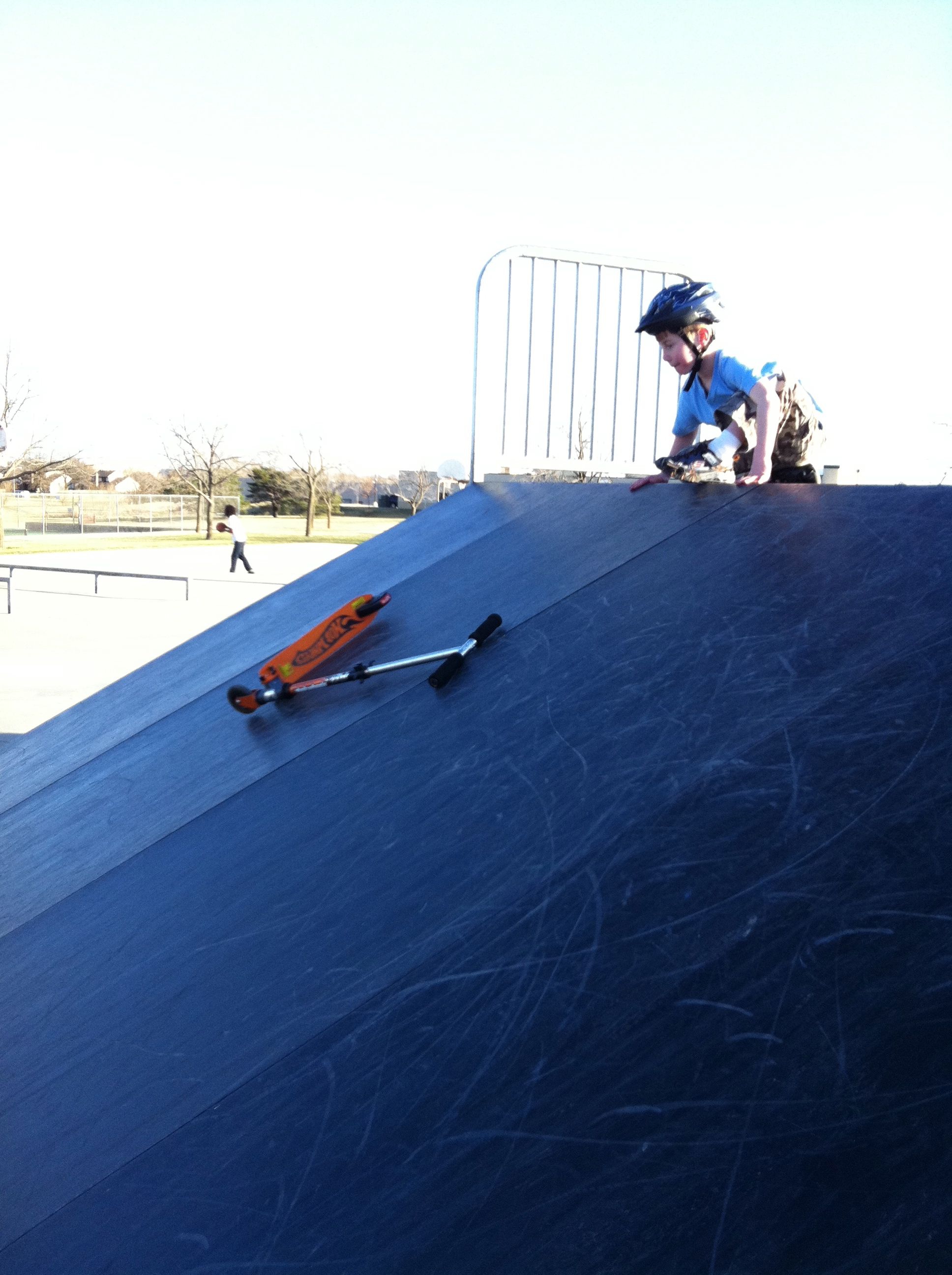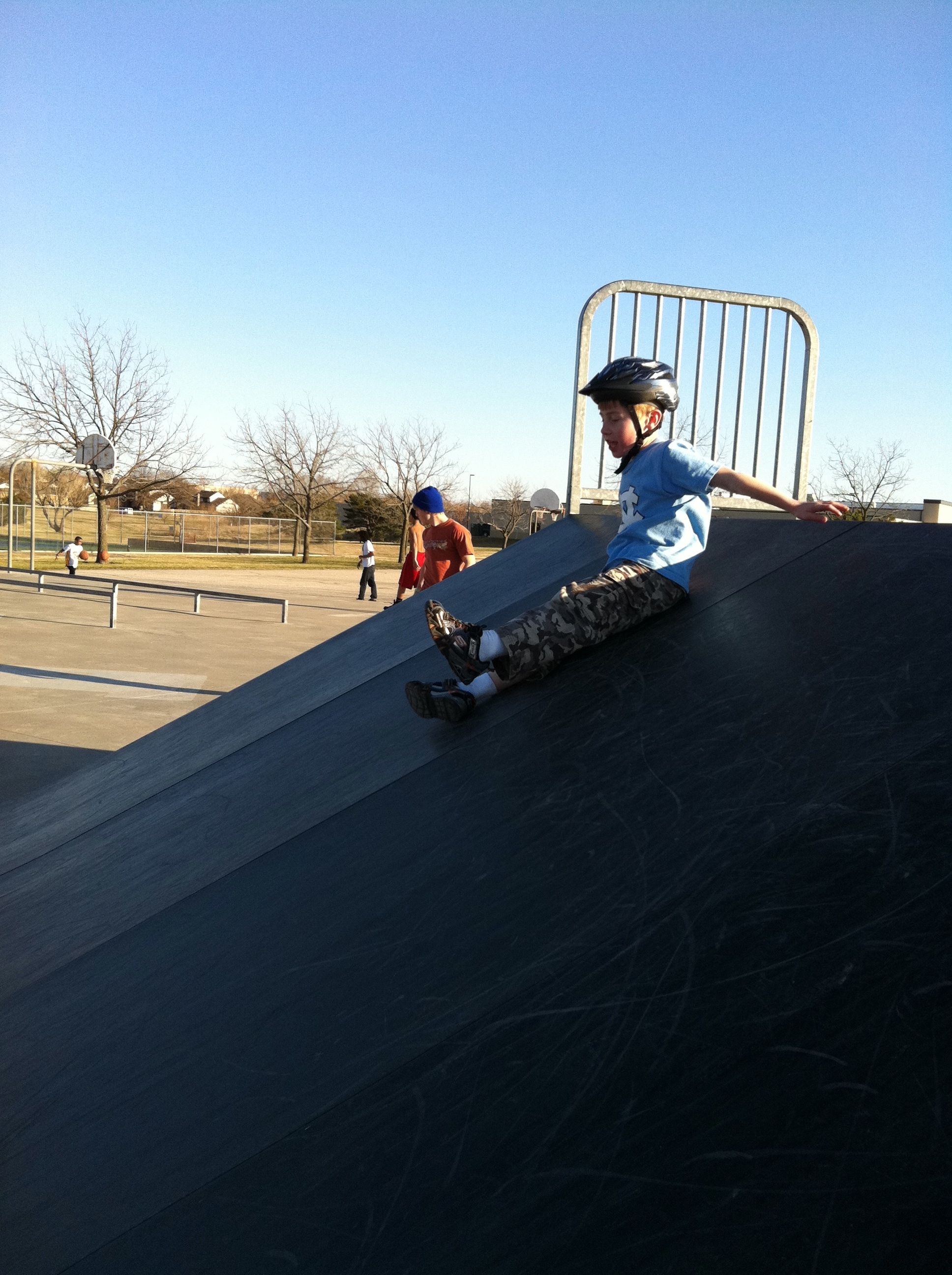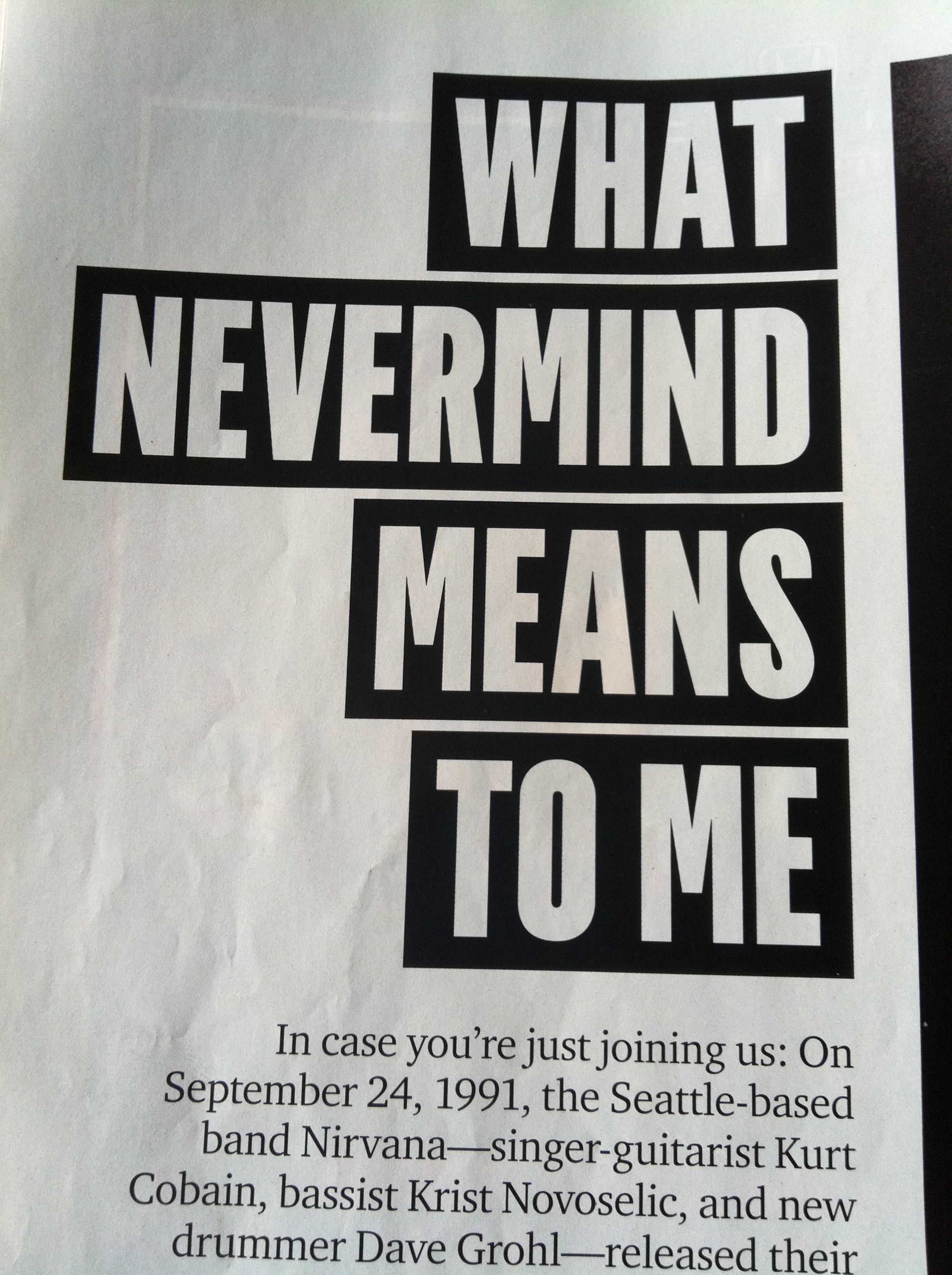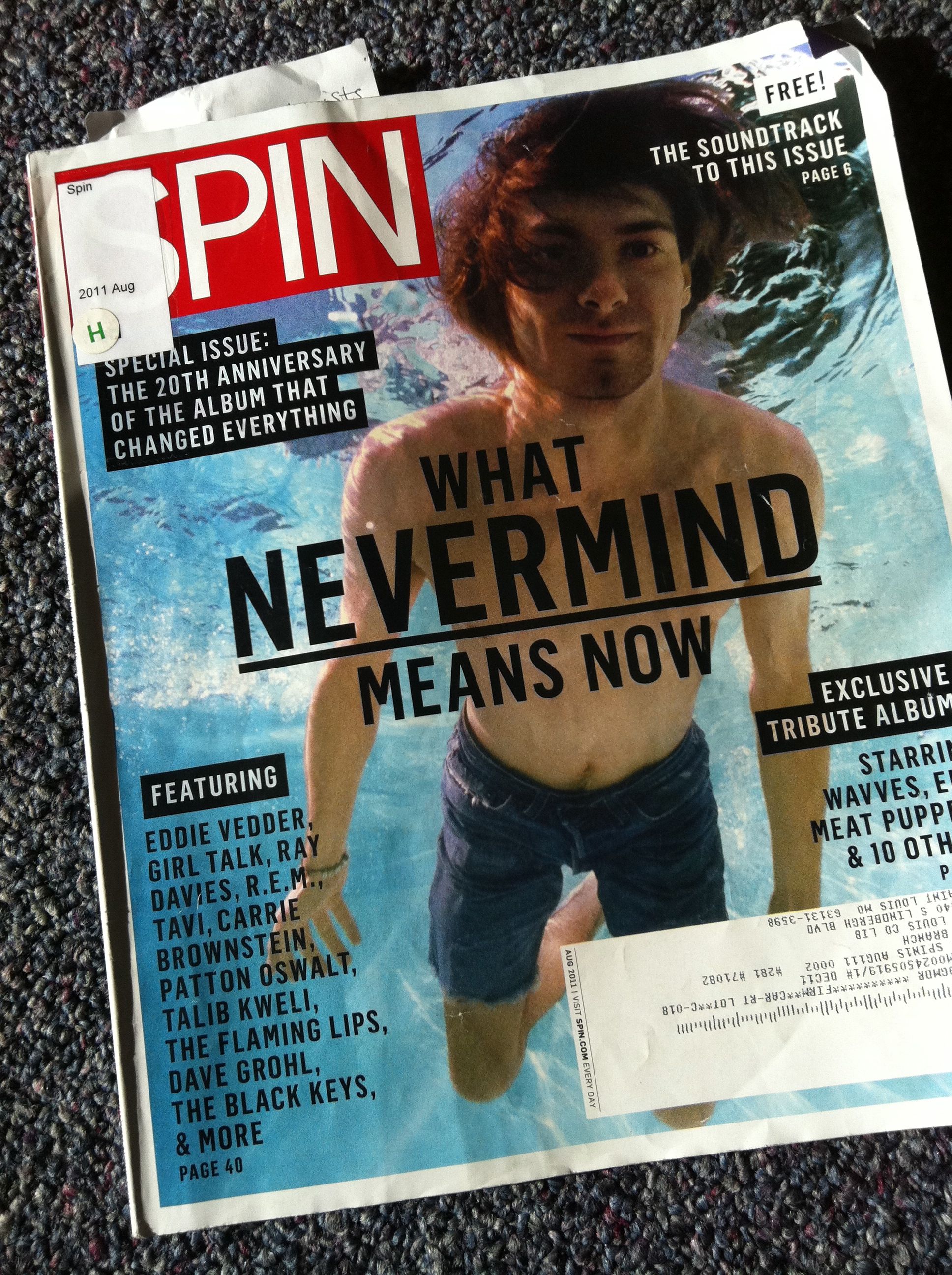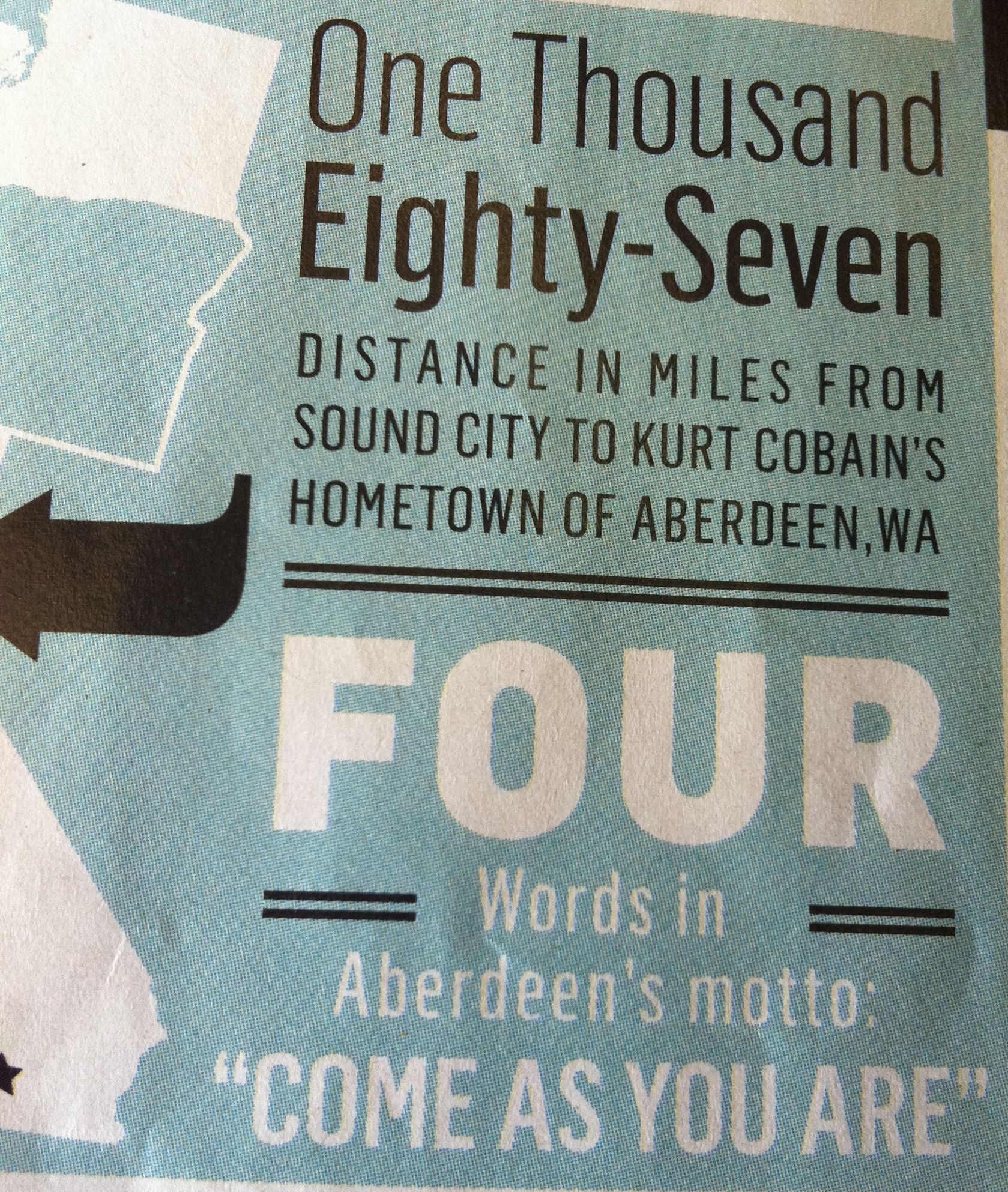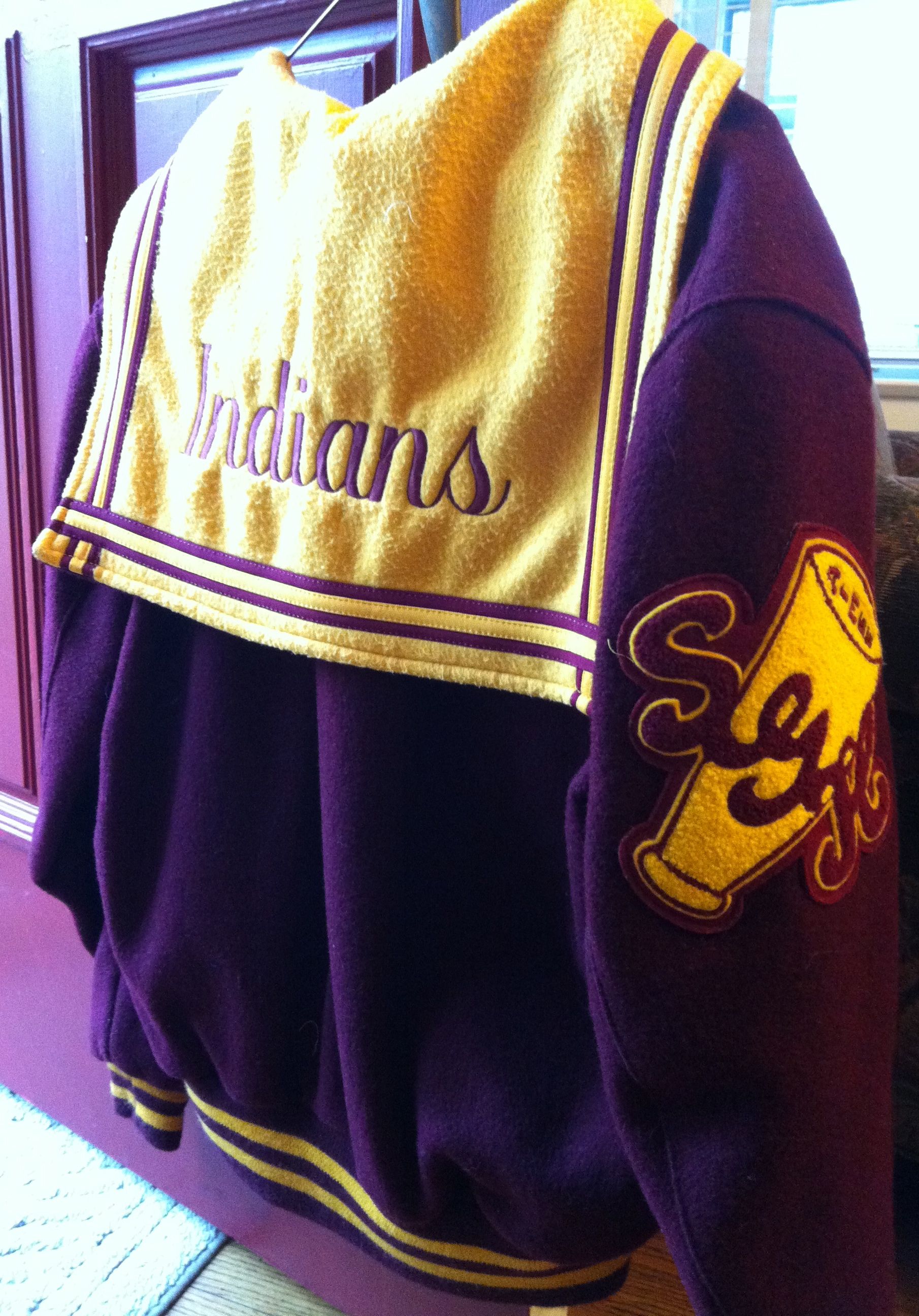Do you remember Jeremy? Released in 1992, the music video for Pearl Jam’s first commercially successful single ended with a classroom of school children covered in blood.
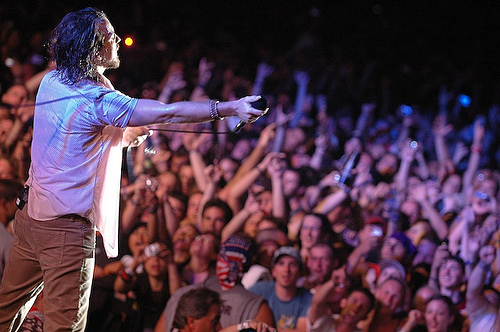
The song and video were purportedly based on the suicide of Jeremy Delle, a sophomore who killed himself in front of his classmates and teacher in 1991 at Richardson High School in Texas. I never got that, even 20 years ago when I was watching it as the new “it” video in heavy rotation on MTV.
The unedited video shows Jeremy putting a gun in his mouth and pulling the trigger to suicide, but MTV restrictions didn’t allow that imagery to be aired because it was too violent. What they did allow was an ambiguous ending viewers like me misinterpreted as a mass shooting: a closeup of Jeremy juxtaposed with his blood-covered classmates frozen in horror.
This was before Columbine, Virginia Tech, and Sandy Hook.
Jeremy came to mind as I researched statistics about American violence for my post this week for Finding (Un)Common Ground. Our nation is scrambling in the wake of Sandy Hook. One side wants armed guards in schools. The other side wants to restrict the Second Amendment. I argue neither strategy is satisfactory.
Gun violence in America is a symptom of a larger, more ominous problem. We’ve cultivated an environment laced with violence, one in which human life is cheap and expendable.
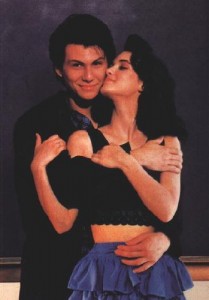
A friend recently remarked he doubted the student-murdering, suicide-laden, bomb-planting movie Heathers could even be made now. I wonder what kind of criticism a video like Jeremy would draw if it were made today. But Eddie Vedder and Winona Ryder aren’t solely to blame for our culture of violence. Their “art” would probably be considered tame these days. It merely foreshadowed the waves of death we’ve witnessed. What astounds me is our obstinate refusal to connect what we allow to entertain us with the horrific violence in our country. Garbage in, garbage out.
Of course it goes much deeper than that. Violence is the symptom; our disease is the other “s” word, the three-letter one. Sin left unchecked leads to violence. That’s its trajectory. And sin is our nature. The violent culture we live and breathe flows from our human condition. Censorship, armed guards, and national gun databases won’t curb that.
Nothing less than a change of our very hearts is required.
So you also should consider yourselves to be dead to the power of sin and alive to God through Christ Jesus. Romans 6:11 NLT
Jeremy spoke in class today. The unplugged version.
Read more in my Finding (Un)Common Ground post
Armed Guards, Gun Control Fall Short in ‘Violence Culture.’
UPDATE 2.19.13: For more thinking and rethinking this topic, please see Necessary Violence?
photo credit: Pearl Jam Official via photopin cc
photo credit: Patrick McEvoy-Halston via photopin cc
